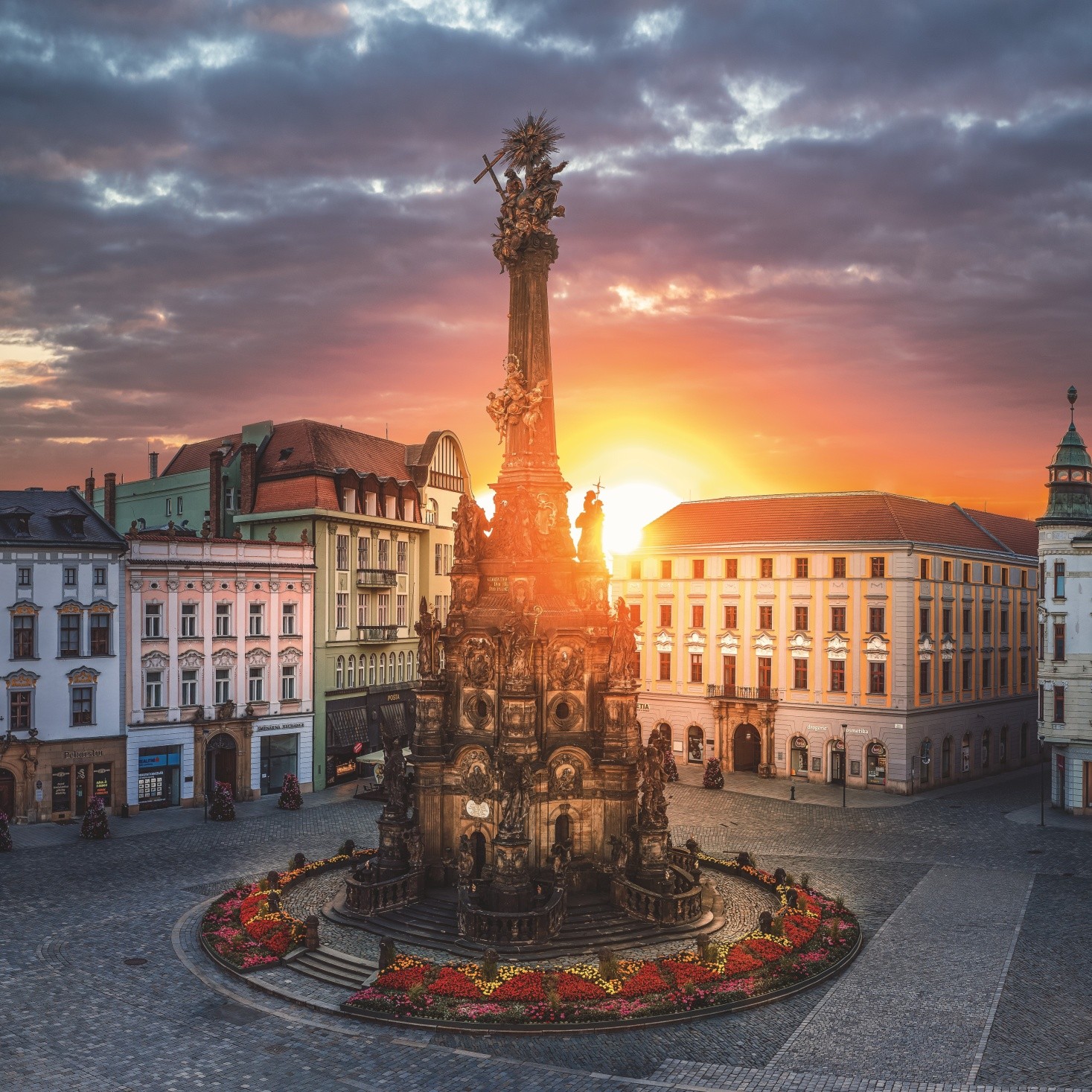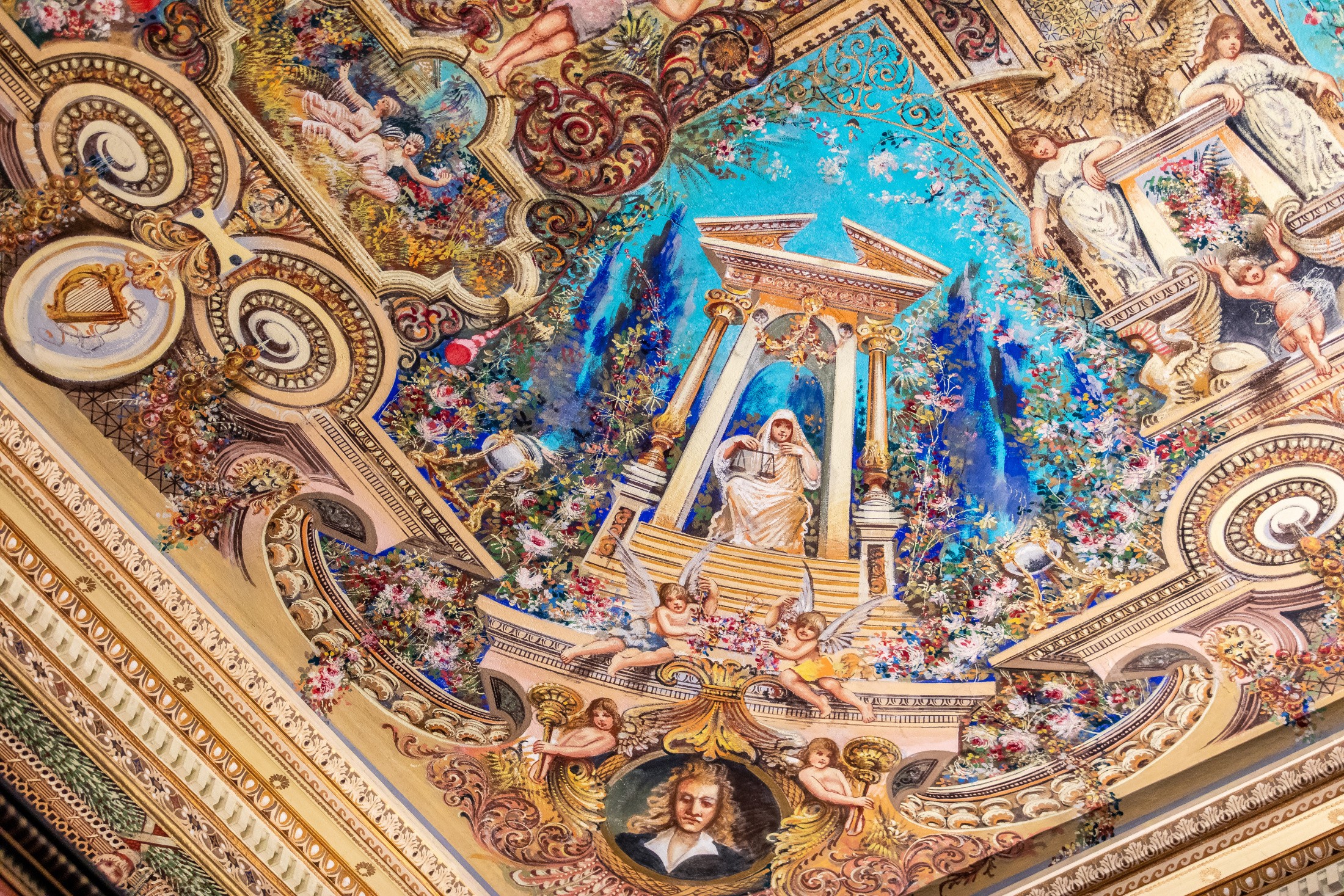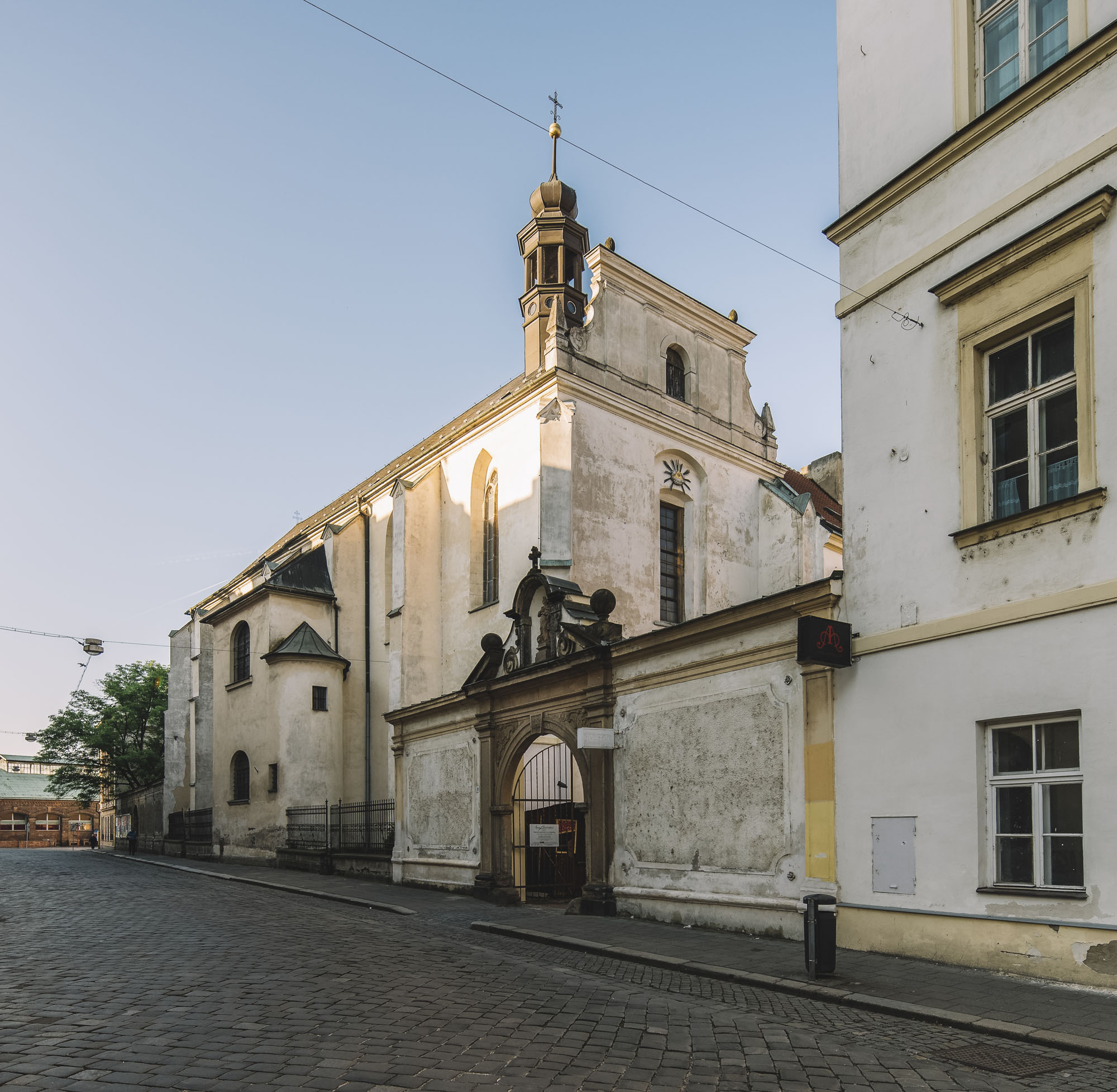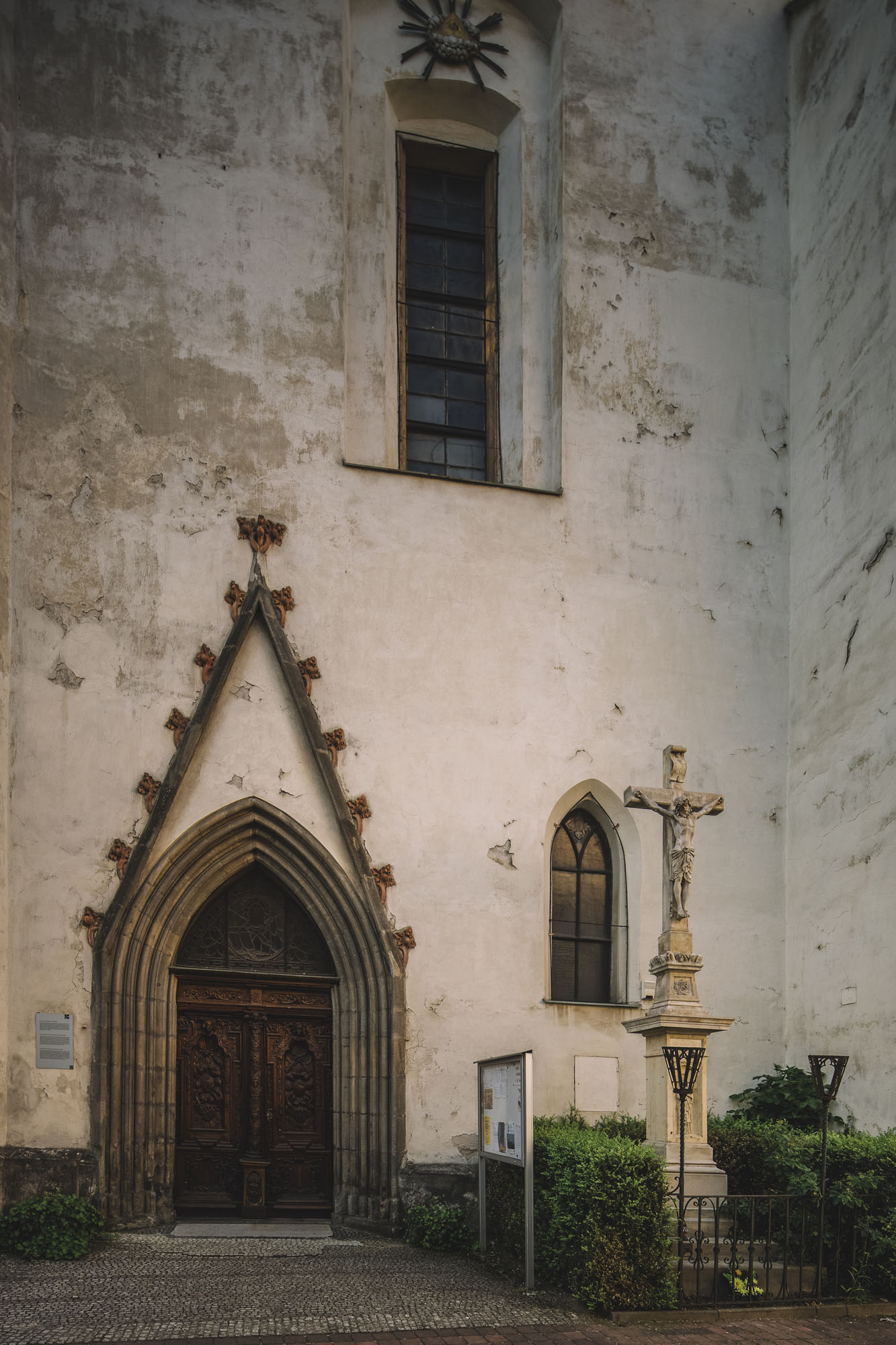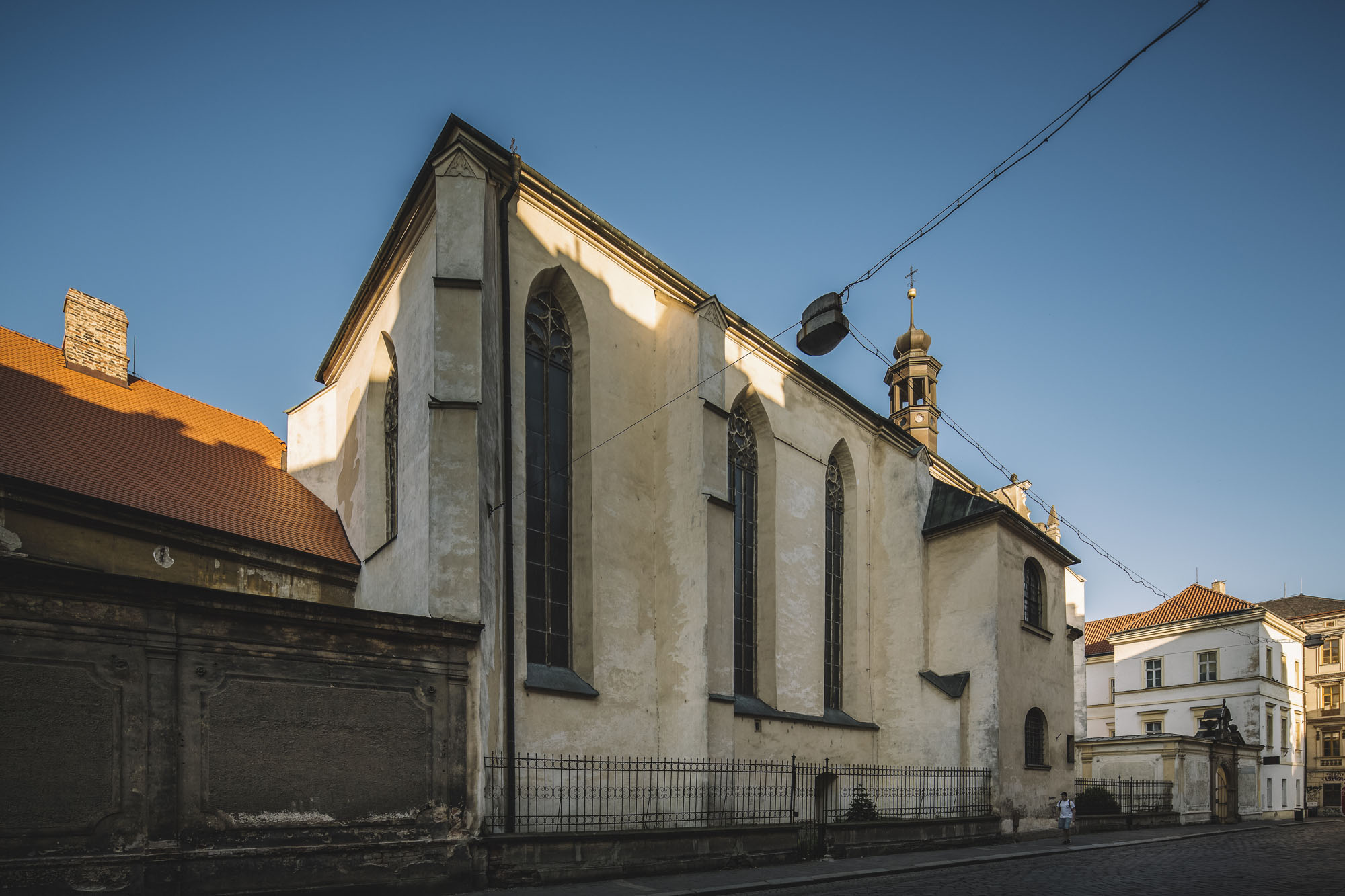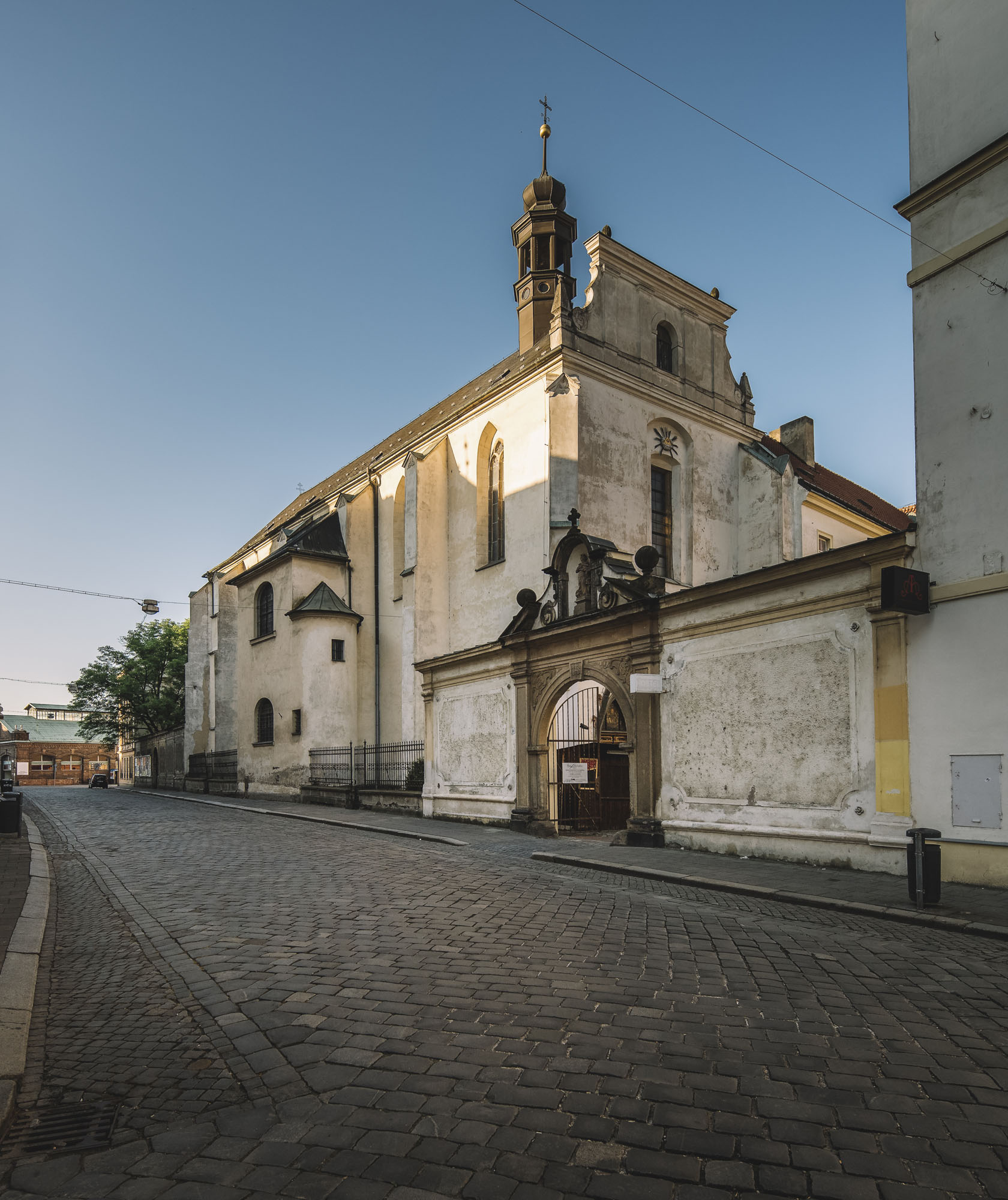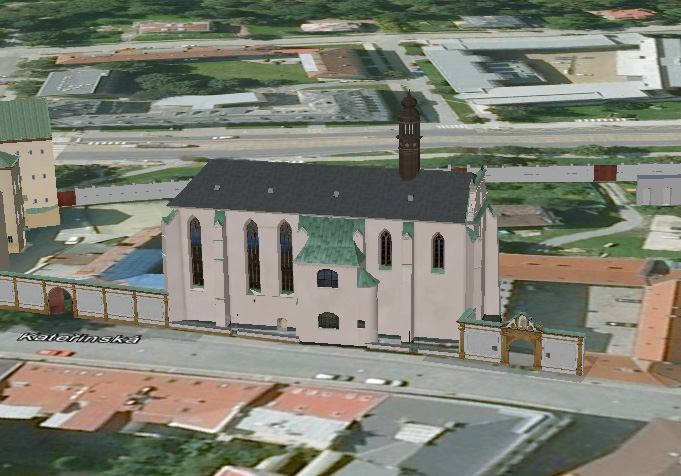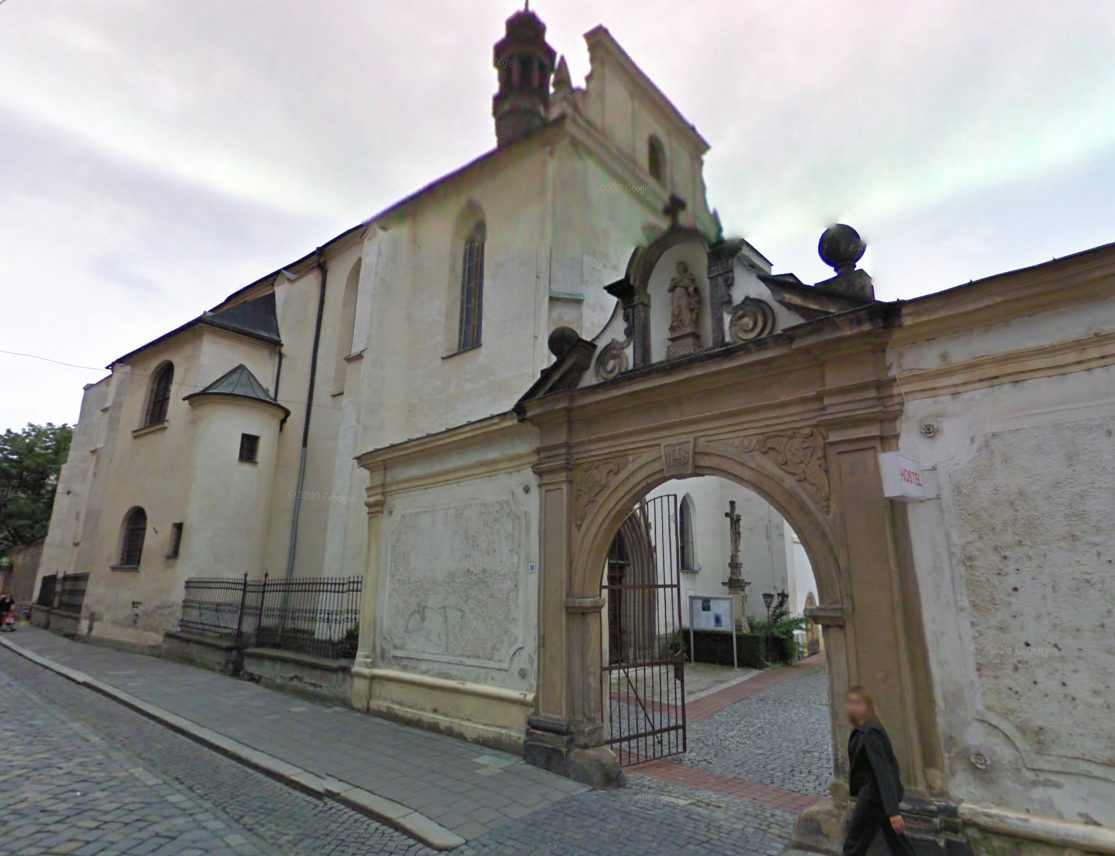Basic information
The former Ursuline Convent, located in today’s Kateřinská Street, has been well-preserved, with the interior especially having almost no subsequent modifications. The current monastery complex was rebuilt from the original Renaissance building, whose remains are still partly preserved in the brickwork, after the great fire of 1709. The monastery was built in the Baroque period as a two-storied yet unfinished building complex around two central courtyards. There are still a number of vaulted rooms in the interiors. In the former refectory there is a preserved stucco ceiling with murals. In the nineteenth century, the monastery complex was extended by a further wing in today’s Křivá Street.The Gothic Church of St. Catherine is the most valuable object in the monastery. It was built before 1287, together with the original Dominican Convent. Dominican nuns occupied the Convent until 1782, when they were superseded by the The Ursulines, who came here from their original place „Na Bělidlech“, from where today’s Convent entrance gate was taken. The Dominican convent was the last of the early medieval monasteries built in the city.
The Church of St. Catherine was rebuilt in 1362, perhaps by the bishop’s building works, which had previously worked on the construction of the Church of St. Maurice in Kroměříž. From this time originates the vaulting of the rectangular end of the presbytery. Some adjustments took place in late 14th and early 15th century, according to shapes of some of the window traceries. During the Renaissance, the western Gothic portal of the church was equipped with an imposing door decorated with a rich ornamental carving. The portal itself originates from around 1400. A Baroque coat of arms of Count Albert Friedrich Vetter of Lily is placed above it. The Convent church was also hit by the devastating fire in 1709. The nave had to be vaulted over with a new groin vault at that time. Another fire in 1800 destroyed the roof of the church and a new roof was built. The church interior underwent the last adjustment, a re-gothization, in the years 1848-1884. In 1987 a restoration of the facade took place, during which the original Gothic windows with stone tracery have been uncovered.

